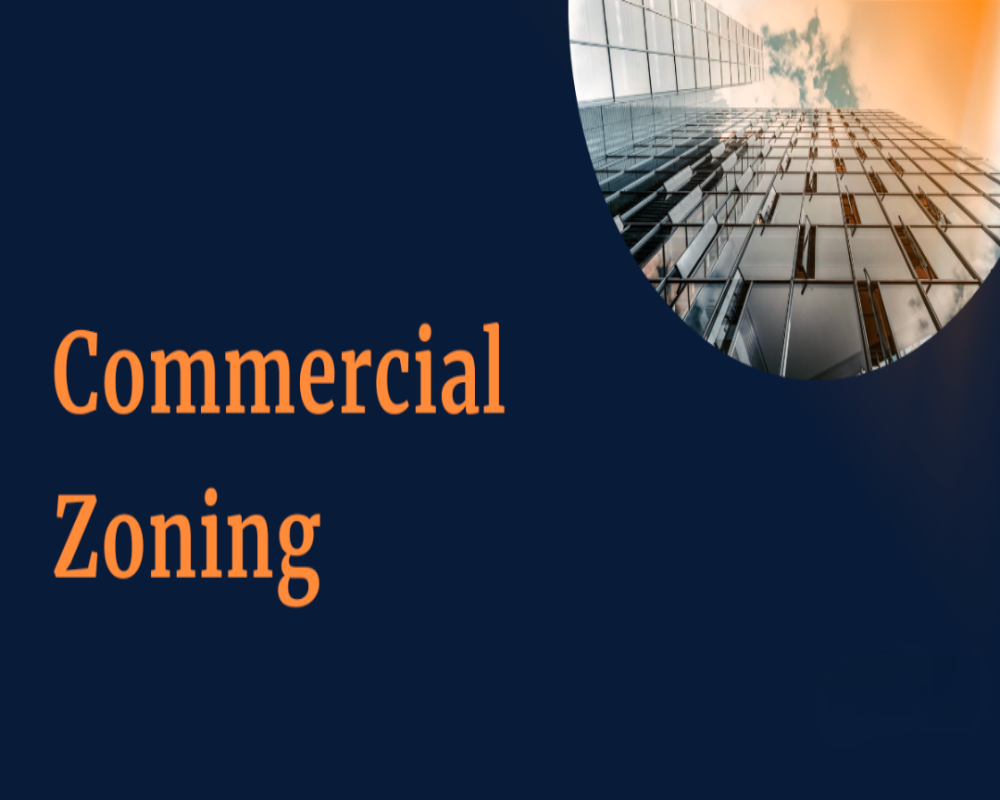Introduction
In commercial real estate development, the term “buildable area” holds significant importance. It refers to the portion of a land parcel that can be legally and practically developed with physical structures, such as buildings or commercial facilities. Understanding the buildable area is essential for developers, architects, urban planners, and investors as it directly affects the scale, functionality, and profitability of a commercial project. The concept goes beyond the total size of a plot—it focuses on how much of that plot can actually be used for development after considering legal, environmental, and physical constraints. Accurately calculating and maximizing buildable area is a cornerstone of effective commercial site planning and investment analysis.
Core Definition of Buildable Area
The buildable area of a commercial site refers to the net area within a property’s boundaries where vertical construction is permitted. It excludes land portions restricted due to zoning laws, environmental protections, infrastructure easements, setbacks, utility corridors, and required open space or parking. It also accounts for factors like height restrictions, floor area ratios (FAR), and lot coverage limits, which influence how much space can be developed and to what extent.
Buildable area is often expressed in square feet or as a percentage of the total site area. For example, if a 50,000-square-foot parcel has a buildable area of 30,000 square feet, this means 60 percent of the site can accommodate structural development, while the remainder must remain undeveloped or be allocated for non-structural uses.
Regulatory and Zoning Influences
Local zoning regulations are among the most significant determinants of buildable area. Each municipality or governing authority has land use codes that dictate:
- Setback requirements: These are the minimum distances a structure must maintain from property lines, streets, or other buildings. Front, rear, and side setbacks can drastically reduce the buildable footprint.
- Height restrictions: Maximum building height limits, especially in low-density zones or near airports, can impact the overall usable floor space even when land area is available.
- Floor Area Ratio (FAR): This ratio defines the maximum allowable floor space relative to the land area. For instance, a FAR of 2.0 on a 20,000-square-foot site would allow for 40,000 square feet of total building floor space.
- Lot coverage limits: This regulation sets a cap on how much of the site may be covered by the building footprint, driveways, and other impervious surfaces.
Zoning overlays, planned development districts, and form-based codes can add additional constraints or flexibility, depending on the local planning approach.
Environmental and Physical Limitations
Environmental considerations can significantly reduce the buildable area of a site. Protected wetlands, flood zones, steep slopes, wildlife habitats, and heritage trees may be restricted from disturbance. Development near rivers, lakes, or coastal zones may require special buffers or limitations.
Geological features such as bedrock, unstable soil, or high water tables can also affect what portions of the site are safe or cost-effective to build on. In some regions, environmental assessments and permits are mandatory to determine which areas can be altered and which must remain intact.
Infrastructure and Utility Constraints
Another limitation on buildable area comes from existing infrastructure and utility easements. These include underground pipelines, overhead power lines, sewage systems, and stormwater drainage paths. Utility companies often require dedicated right-of-way corridors where construction is restricted.
Similarly, transportation easements—such as road widenings or future highway expansions—may encroach on the developable portion of a property. Developers must also consider areas needed for vehicular access, service lanes, and loading docks, especially in retail and industrial projects.
Parking, Landscaping, and Open Space Requirements
Local ordinances often require a minimum amount of parking, green space, landscaping, and sometimes public access features such as sidewalks or plazas. These mandated features consume space that would otherwise be used for vertical development. For instance, a shopping center may be limited by how many parking spaces it must provide based on the size of the retail area. As a result, even when a parcel seems large, only a portion of it may qualify as truly buildable for enclosed structures.
Architectural and Design Considerations
The intended design of the commercial project influences how the buildable area is utilized. For example, a project with multiple smaller buildings spread across a site may use the buildable area differently than a high-rise office tower. Design choices such as orientation for solar access, pedestrian flow, and building setbacks for aesthetic reasons can further adjust the usable space. Developers must work closely with architects and engineers to balance design objectives with the physical and regulatory realities of the site.
Economic Implications of Buildable Area
The size and efficiency of the buildable area directly impact the economic feasibility of a commercial project. Larger buildable areas can accommodate higher-density uses and generate greater revenue through leasing or sales. In contrast, restrictive buildable areas may lower the return on investment due to reduced leasable space or higher per-unit construction costs. Understanding buildable area allows investors to compare sites accurately, forecast income potential, and determine the highest and best use for the land.
Conclusion
The buildable area is a foundational concept in commercial real estate development, representing the intersection of regulatory compliance, physical feasibility, and economic viability. It defines how much of a property can actually be utilized for vertical construction and usable floor space, once all limitations are taken into account. From zoning laws and environmental protections to parking and utility access, various factors shape the boundaries of what is buildable. A thorough understanding of these factors enables developers to design efficient, compliant, and profitable commercial projects. Accurately identifying and optimizing the buildable area is not only a technical necessity but a strategic advantage in competitive real estate markets.
Hashtags
#BuildableArea #CommercialRealEstate #SiteDevelopment #LandUse #ZoningLaws #PropertyDevelopment #RealEstateInvesting #UrbanPlanning #CommercialProperty #SiteAnalysis #LandDevelopment #RealEstateStrategy #ConstructionPlanning #BusinessLocation #InvestmentProperty #SiteSelection #CommercialLand #RealEstateMarket #DevelopmentOpportunities #PropertyManagement


